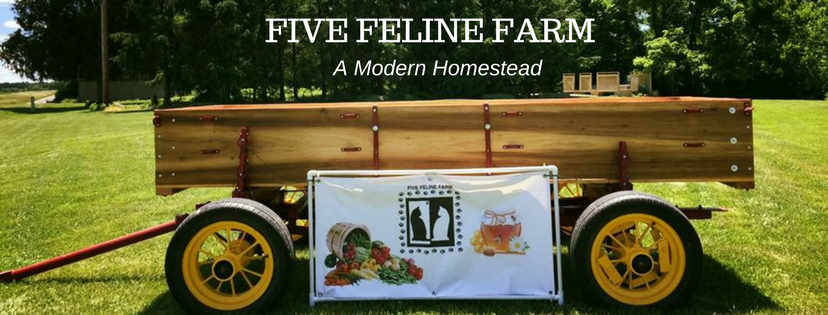
This is the first week of our Gert’s Garden 2 Go© delivery that includes gourmet potatoes.
We call them gourmet because they are. Small spuds of varying colors and textures, specially bred to be small and flavorful.
Of course, we like “new” potatoes too.
What is the difference?
New potatoes are from varieties like Kennebec, Pontiac, and Yukon Gold. Most of these varieties are grown for size and storage. Before each hill of potatoes is harvested, the gardener gently digs around the plant. She is assessing the progress of the potatoes and pulling out a few of the early small ones. “New” refers to these early harvest culling of the plants that will be left to grow large potatoes.
A few of the gourmet varieties are Adirondack Red, French Fingerling, German Butterball, and All Blue. These potatoes are designed to be harvested when the potatoes are small in diameter. They have very thin skin similar to “new” potatoes but will not develop thick enough skin to store long term.
Many people have asked over the years how we fix these potatoes. It is a common question when presented with unknown varieties.
My favorite way to cook these is to oven roast in a cast-iron skillet with either garlic cloves or small new onions. We happen to have bunching onions available too, so it makes for a perfect dish.
To roast this way, preheat the oven to 375º, melt 2-3 tablespoons of butter in a cast-iron skillet. Scrub the potatoes but do not peel. Cut larger potatoes into pieces approximately the same size as the smallest potato. This ensures even roasting and that all potatoes in the skillet are done at the same time. Add potatoes and peeled garlic cloves or onions to the skillet. Toss to coat, season with salt and pepper to taste. Roast uncovered for 30-35 minutes or until done as tested with a sharp knife.
Another great option for these potatoes is to scrub and cut as above but simmer in salted water until almost done. Drain and allow to dry. Smash each potato flat and then brush with olive oil and season to taste. Grill or oven roast at 450º until the outside is crispy but the inside remains tender. Turn at least once, but try not to turn too many times as the potatoes will fall apart.
The third way I prepare these is in a vinegar dressing-based potato salad. Add crispy crumbled bacon, hard-boiled eggs, chopped dill pickles, salt, and pepper to taste. Dress with a combination of flavorful olive oil and tasty vinegar. This is pretty when red, white, and blue potatoes are available around the 4th of July.
So get cooking with gourmet potatoes. Let us know your favorite preparation.




 For an entirely garlic themed meal, I used thinly sliced pieces in a lemon and olive oil sauce for pasta. Then, I minced the remaining pieces, mixed with butter and topped italian seasoned scones. Pair with a crisp green salad. Delicious.
For an entirely garlic themed meal, I used thinly sliced pieces in a lemon and olive oil sauce for pasta. Then, I minced the remaining pieces, mixed with butter and topped italian seasoned scones. Pair with a crisp green salad. Delicious.


